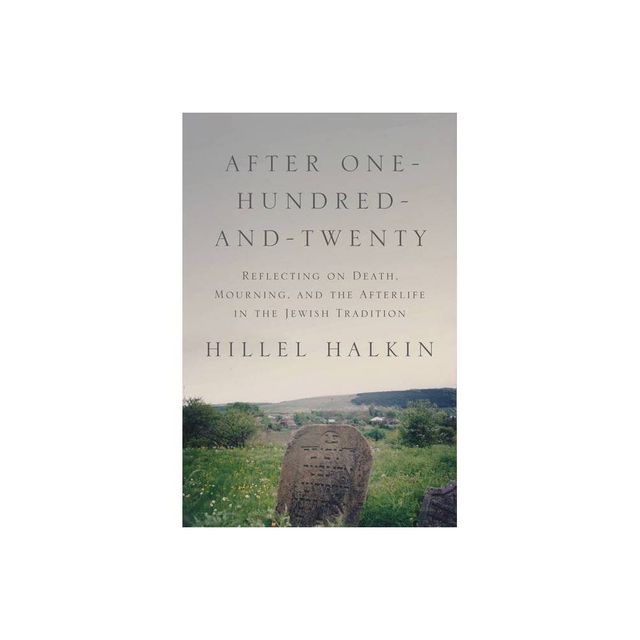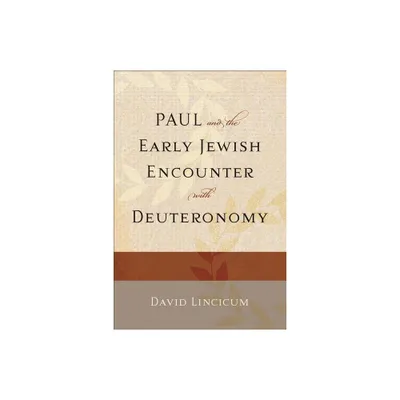Home
What Makes a People?: Early Jewish Ideas of Peoplehood and Their Evolving Impact
Loading Inventory...
Barnes and Noble
What Makes a People?: Early Jewish Ideas of Peoplehood and Their Evolving Impact
Current price: $117.99


Barnes and Noble
What Makes a People?: Early Jewish Ideas of Peoplehood and Their Evolving Impact
Current price: $117.99
Loading Inventory...
Size: Hardcover
*Product Information may vary - to confirm product availability, pricing, and additional information please contact Barnes and Noble
This set of varied and stimulating papers, by an international group of younger as well as senior scholars, examines the manner in which peoplehood was understood by the Jewish communities of the Second Temple period and by the religious traditions that emerged from those communities and later flourished in Christianity and Rabbinic Judaism. The Hebrew and Greek terms for "people" and "nation" and the name "Israel" are closely analyzed, especially in forays into wisdom literature, Jewish apologetic and the Dead Sea Scrolls, and their uses are related to geographical, political and theological developments, as well as statehood, authority and rulership in the Persian world, Hasmonean times and Ptolemaic Egypt. Especially interesting are the carefully argued and documented suggestions about how Jewish peoplehood expressed itself with regard to charitable behavior, pagan deities, and marital regulations. Those interested in the history of cultural and theological tensions will be intrigued by the studies centered on how the opponents of Jews behaved towards "the people of God", how Hellenistic Jewish culture located the Jews on the Roman rather than on the Greek side, and how early Christian discourse saw the mission among the peoples and interpreted earlier sources accordingly. The idea of the Jewish "way of life" is seen to have influenced the writer of the longer Greek version of Esther and works of fiction are shown to have had important historical data within them. Modern social theory also has its say here in a careful consideration of Cognitive theory of ethnicity and the dynamic of ethnic boundary-making.


















